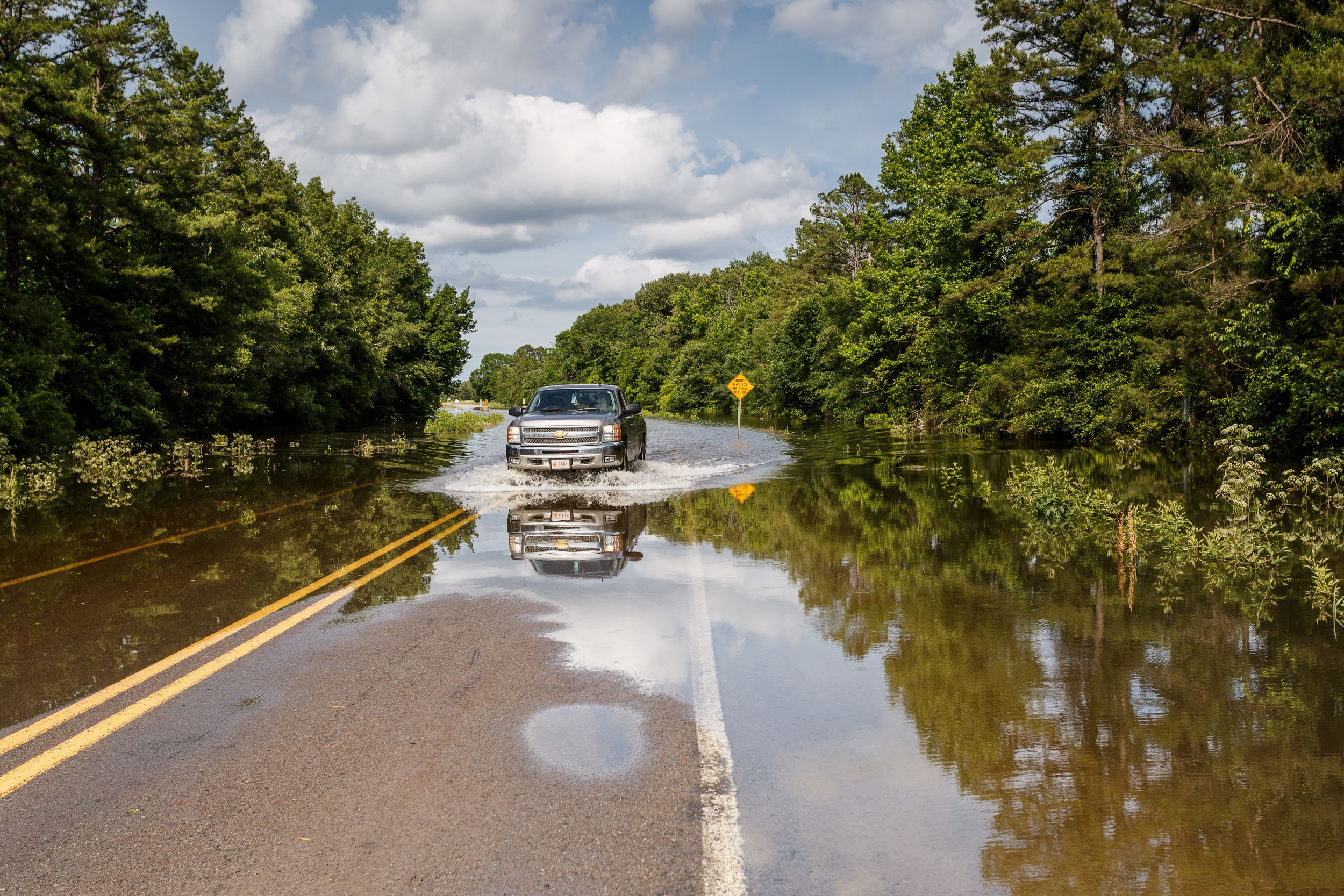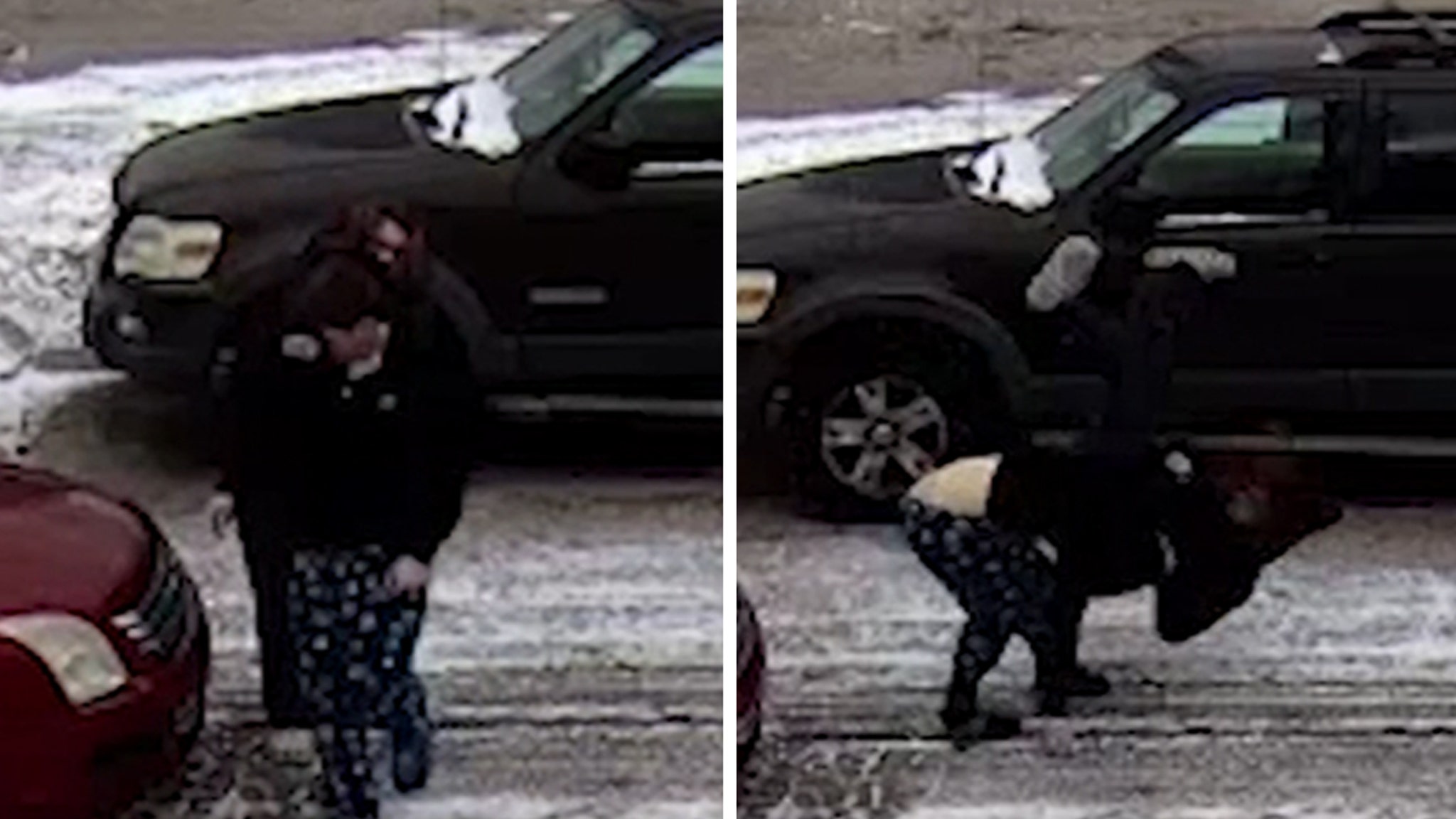Minnesota, Montana and North Dakota are bracing for dangerously cold weather over the weekend, with wind chill temperatures of negative 40 degrees or less Fahrenheit expected in all three states.
Why It Matters
Extreme cold weather comes with major risks to health and safety. Homeless people and others outdoors are particularly at risk for conditions like hypothermia and frostbite when temperatures drop below freezing.
An arctic blast is expected to move through several states over the weekend, bringing particularly frigid temperatures to states in the northern plains region. The blast is expected to produce "the coldest air of the season so far," according to the National Weather Service (NWS).

What To Know
NWS has issued extreme cold warnings for parts of Montana, North Dakota and Minnesota for Saturday through Tuesday. At the same time, heavy winds with gusts of up to 50 miles per hour are expected in many areas, making temperatures feel even colder due to the wind chill factor.
Dangerously cold wind chills of up to negative 55 degrees are expected in parts of North Dakota beginning on Saturday, while parts of Minnesota could experience extreme wind chills of up to negative 44 degrees starting on Saturday. Areas of Montana can expect wind chills of up to negative 40 degrees on Sunday night until Monday morning.
The following map created by Newsweek using Flourish shows the three states where NWS is expecting wind chill temperatures to reach at least negative 40 degrees over the weekend:
"The dangerously cold wind chills as low as 55 below zero could cause frostbite on exposed skin in as little as 5 minutes," the NWS extreme cold warning for North Dakota cautions.
In addition to the extreme cold warnings, cold weather advisories were issued for Minnesota and North Dakota from Friday night until Saturday. Wind chill temperatures as low as negative 39 degrees in North Dakota and negative 35 degrees in Minnesota are expected.
Newsweek reached out for comment to NWS via email on Friday evening.
What People Are Saying
The NWS Weather Prediction Center, in a post to X, formerly Twitter on Friday: "Bitterly cold air currently moving into the northern Plains will overspread much of the country this weekend into next week, providing the cold air ingredient for both winter storms. Life-threatening wind chills to 55 below are expected in the northern Plains this weekend."
AccuWeather Lead Long-Range Expert Paul Pastelok, in an article published in late December: "This could end up being the coldest January since 2011 for the U.S. as a whole... The key here is that the Arctic outbreak will involve many days and not just be a quick one-to-three-day event."
An "Understanding Wind Chill" page on the NWS website: "Wind chill is based on the rate of heat loss from exposed skin caused by wind and cold. As the wind increases, it draws heat from the body, driving down skin temperature and eventually the internal body temperature. Therefore, the wind makes it FEEL much colder. If the temperature is 0°F and the wind is blowing at 15 mph, the wind chill is -19°F. At this wind chill temperature, exposed skin can freeze in 30 minutes."
What Happens Next
After striking the northern plains region, the arctic blast is expected to move south and will affect many more states by early next week. Cold weather advisories have been issued in Wyoming, South Dakota, Nebraska, Wisconsin and Iowa, while extreme cold watches are in effect for states including Ohio, West Virginia and Virginia.
President-elect Donald Trump on Friday moved his inauguration ceremony indoors due to the forecast in Washington, D.C., where temperatures are expected to dip to around 21 degrees at noon on Monday with wind chills as low as 11 degrees.




















 English (US) ·
English (US) ·